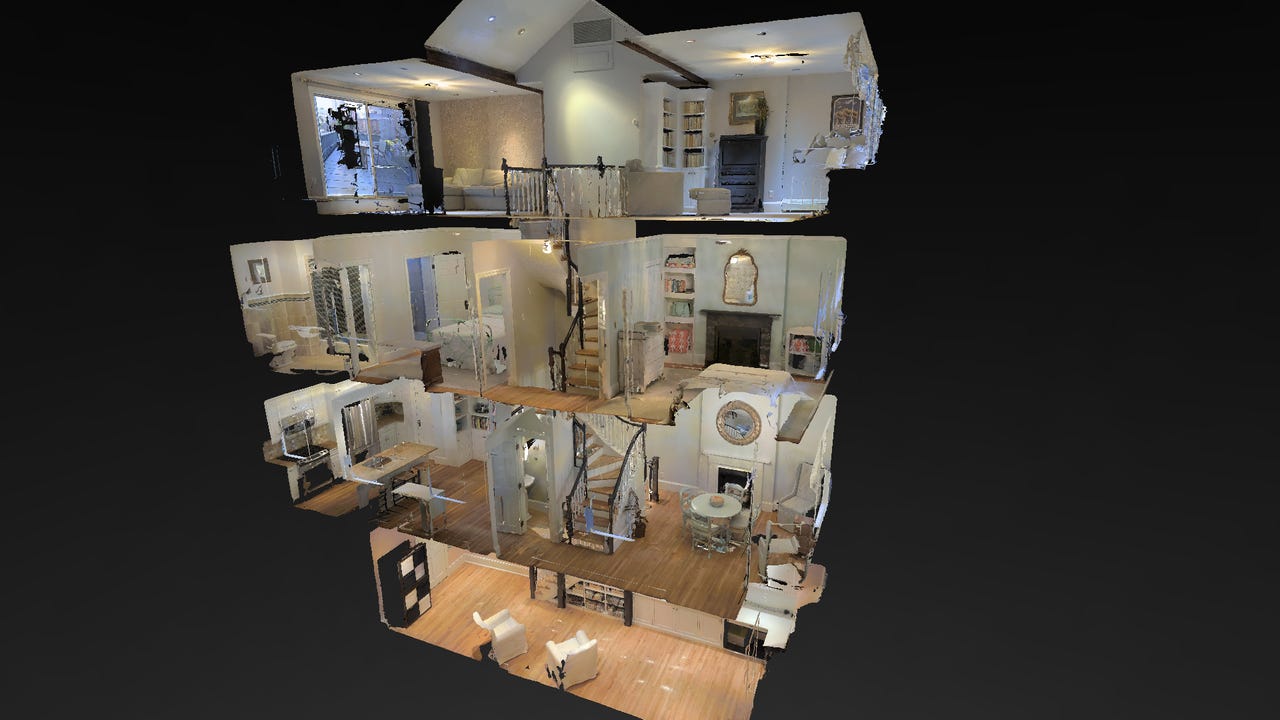Metadata feature makes immersive 3D spaces much more useful


A 3D rendering using Matterport's technology.
Immersive media isn't new, but it's getting pretty damn good.
Real estate was one of the first industries to adopt immersive 3D renderings, which are great for showing off swank pads on the haughtier real estate sites.But the technology has broad applications, from engineering to disaster recovery. Sunnyvale-based Matterport recently made news by presenting 3D models of homeless camps near the site of Super Bowl 50 in San Francisco.
Robotics
But 3D modeling still feels a little gimicky. That's changing as the technology gets easier to use and as new tools make it more useful across sectors. One advance is the addition of more robust systems for incorporating rich spatial metadata into virtual models of real places that can be experienced online from anywhere. Adding metadata makes 3D renderings much more powerful vessels for communicating information.
Imagine walking through a bombed out bunker in an online virtual space and reading a news story about what happened there as you move ahead. Or being a designer working with a 3D rendering of a space and making annotations in 3D space. Previously, adding text-based comments anchored to a point in the 3D geometry was clunky, requiring multiple tags of a single item across several images.
Matterport just introduced a new tagging system that allows comments to be viewed from any perspective as the user moves around. When a viewer mouses over or clicks on a Mattertag marker, a billboard appears with a short text description of the tagged feature, object, or area.
Matterport has already seen significant traction across industries, including residential and commercial real estate; business listings; architecture, engineering, and construction; hospitality and retail; and media publishing. To date, Matterport Spaces have been visited over 28 million times.
"Mattertag Content vastly expands the amount of information Matterport Spaces can convey about the real world. We refer to this type of information added to an immersive environment as spatial metadata," said Bill Brown, CEO of Matterport. "Mattertag Content allows our users to annotate points in real space just as they do photos and other digital content. Mattertag Content provides viewers with more information, important details, and expanded opportunities for engagement."